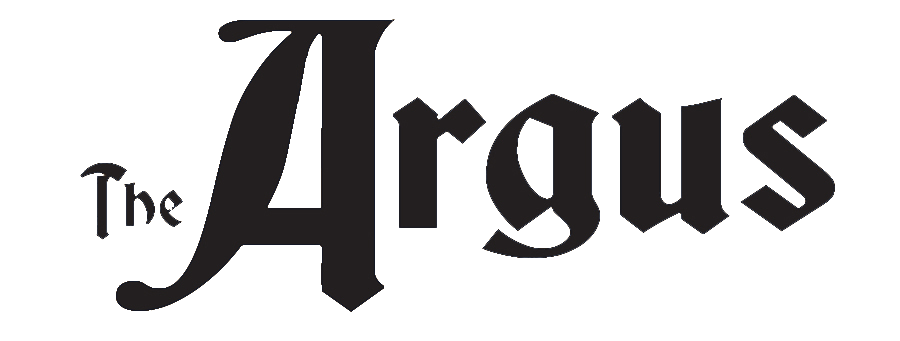Discover how Downtown West is experiencing a surge of new developments, from renovated historic structures to new apartment buildings. Now they want to change the name to City Commons.

The beautiful Union Station, as part of Downtown West, Image by Wikipedia
As CityPark and Union Station have taken off in recent years, with the opening of the aquarium in 2019, the Ferris Wheel around the same time, and St. Louis City hosting their first full season in 2023, Downtown West is quickly seeing a spur of new developments all around the area. Historic structures like the Butler Brothers building are being renovated, and a number of new apartment buildings are being planned. This is great for revitalizing the urban core of St. Louis, and bringing more people back into the city.
However, with this development comes the proposal of a new neighborhood in the area centered around CityPark. There is a group of developers who want to rebrand a section of Downtown West and part of Midtown with a new name. Downtown West isn’t a very descriptive name anyway, and doesn’t reflect the history of the neighborhood that well. However, the name they have chosen to replace it in the area bounded by Washington, Market, Beaumont, and 17th Streets, isn’t much better. The proposed new name is City Commons.
City Commons makes it sound sterile and not the vibrant urban community this group aspires to create. Originally parts of this area were called the west end, long before the city made it out to even Grand.
Other parts were called Camp Springs, as the area had many caves and springs underground, which attracted breweries. When Washington University was located in the area, along with the then-affiliated Art Museum, it was mostly referred to as the Lucas Place neighborhood. The further south portion around Market was part of the Mill Creek Valley, which was cleared in 1960. The City Commons is not a new name, however. At one time, there were two common pastures north and south of the city, known as Le Grand Prairie and Le Petit Prairie. These commons had been subdivided, sold off, and developed in their entirety by 1855, when the city limits were expanded to Grand Boulevard.
At least a dozen city neighborhoods comprise of what was once the city commons, but Downtown West was not one of them. Large swaths of that area were owned and developed by the Lucas family, with James H. Lucas and Ann Lucas Hunt setting aside several blocks of their land between 14th Street and Jefferson Ave for an exclusive wealthy neighborhood, called Lucas Place. From about 1860-1880, this area was by far the most expensive part of the city, and all of the most prominent St. Louisans called it home.
As the industry and commercial development of downtown expanded westward, the wealthy residents moved to Midtown, and later, the Central West End. Around 1910-1920, the southern portion of this area was settled by black migrants coming to St. Louis from the Jim Crow South, and many of them lived in the old mansions, which were divided up into rooming houses. Among the residents of the neighborhood at this time were the family of Josephine Baker, who grew up in Mill Creek.
By the 1950s, the area was seen as a blight to the city by many in the city government, including Mayor Raymond Tucker, and the clearance project that was proposed was backed by city leaders, along with Civic Progress Inc, a predecessor to Greater St. Louis Inc. Parts of the area were cleared in the 1930s for park space along market, and the rest of the area from Olive to the railroad tracks, and all the way west to Grand from 20th Street was fully cleared using eminent domain in 1960. The current stadium pays homage to Mill Creek with a monument, but I feel as if there is a much better name that could be chosen, given all the history in that area, if the plan to change its name goes forward.
The name “Downtown West is unoriginal and boring, and so was Forest Park Southeast, which is why the Grove has been adopted in recent years, as an unofficial name for that neighborhood. However, I feel as though the rebranding effort in the Grove just seemed a lot more organic and was a better fit for an urban neighborhood, than what is being proposed here.
City Commons sounds like an office park or a strip mall development in Chesterfield. It’s a name contrived by developers, many of whom don’t even live in St. Louis, and are oblivious to the history and culture here. It sounds like a great development otherwise, but they really dropped the ball on the name. I strongly encourage the developers of this new project to engage more with the community in St. Louis, particularly the already established residents in the neighborhood, and reconsider the name. If the name is changed before they go to the trouble of spending considerable funds to market it, they could choose a name that was more widely accepted, and would be more easily adopted by the people in the area.
#DowntownWestRevitalization #StLouisUrbanCore #NewDevelopments #namechange
Nathan Jackson is an architectural historian who runs the Facebook page, tour company, and research service, St. Louis History and Architecture. He is a lifelong St. Louisan, with deep family roots in the city.


